
[ad_1]
Felix Kilbertus was enthralled with cars before he could even speak, easily recognizing many brands and models while struggling to name them. The Citroën DS was particularly magical to the young enthusiast because its unusual shape reminded him of a shark. Every time he watched one on the road it seemed almost alive, with the hydraulic suspension lifting it as if waking and stretching its legs before a long journey.
It’s hardly surprising then that Kilbertus enjoyed a 20-year career in automotive design before shifting to other arenas, yet he’s still inspired by vehicles of every make. “To this day I am fascinated by how cars move in space and how light reflects on their shiny bodies,” he says. “There are millions of big, kinetic sculptures out in the open all around us – a vast collective work of functional art.”
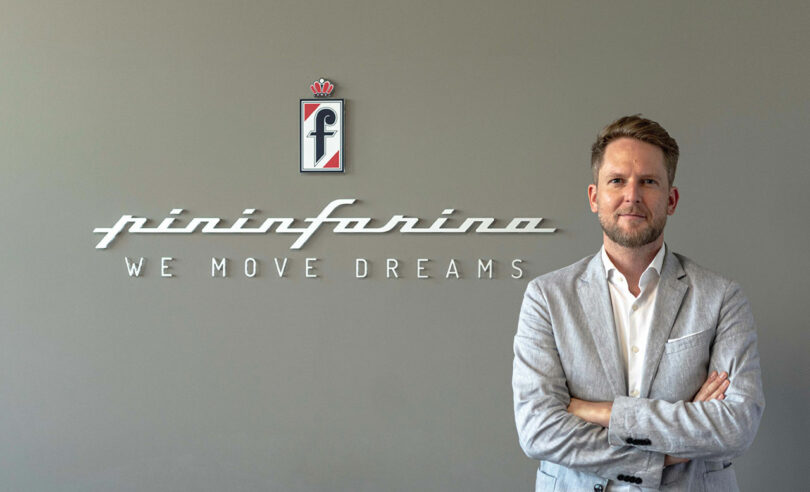
As the chief creative officer at Pininfarina, Kilbertus supervises all of the teams located in Italy, China, and the United States. These groups work on a range of projects, from architecture to experience design. More than an executive, he serves as a creative guide, grateful for the mentors and colleagues along the way that have shaped his thinking.
As part of daily business in the design world, Kilbertus is interested in photography, which he keeps discovering new facets of. When he takes pictures he acts as an editor, spotting a motif and then framing it. He marvels at the high-quality images that any person can produce with the click of a smartphone button.
The CCO stays grounded by tending to his eclectic collection of greenery. Watching the vegetation grow and change is his way of connecting with nature, even indoors. “Plants are beautiful, both as biological living things as well as mathematical structures,” Kilbertus adds. “Helping them flourish – fertilizing, trimming, and watering – has a meditative side that allows me to step back and leave the dynamics of a busy work environment.”
Today, Felix Kilbertus joins us for Friday Five!
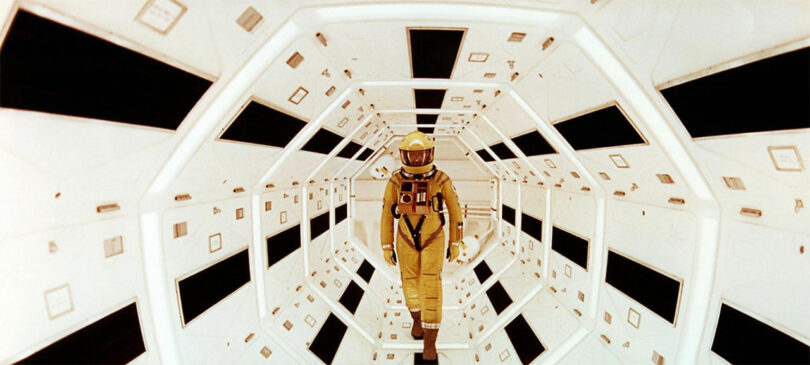
Photo: 2001: A Space Odyssey
1. 2001: A Space Odyssey
I’m a big fan of cinema, particularly deeply researched and creative movies, as they allow viewers to step into imagined and meticulously designed worlds. If I had to pick one director who mastered that art to the highest level I would choose Stanley Kubrick. He managed to create a series of masterpieces, and from a contemporary design point of view, 2001: A Space Odyssey stands above all.
The technology and its usage were so well thought through, designed, and visualized that it still feels slightly futuristic today. Certain elements have simply turned out to be spot-on predictions, such as astronauts eating dinner while watching the latest video news on devices that look astonishingly like Apple products. Interestingly, the representation of HAL 9000 is an eerily prescient study of AI, maybe even more relevant today than when the film was first released in 1968 – the year before the moon landing.
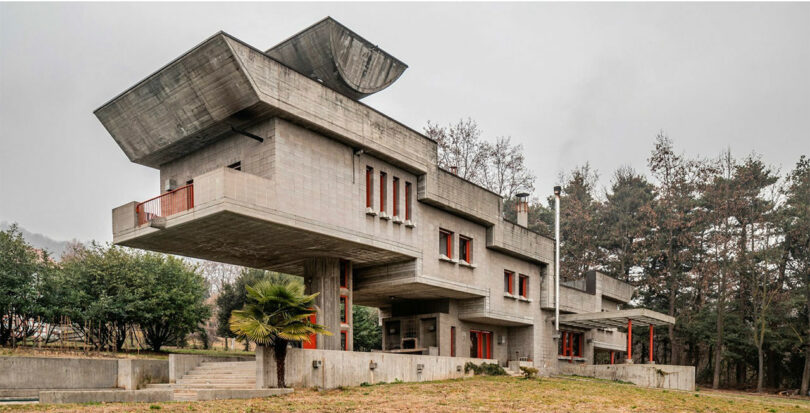
Photo: Roberto Conte
2. Villa Gontero
This is a wonderful place that I have been privileged to visit many times. Located near Turin, this unique building has deep connections to Italian Modernism and Brutalism, and is a space that inspires me with its unusual propositions and setting. It was bought a few years ago by good friends of mine, and I was lucky to witness how they brought it back to life and re-imagined it for today.
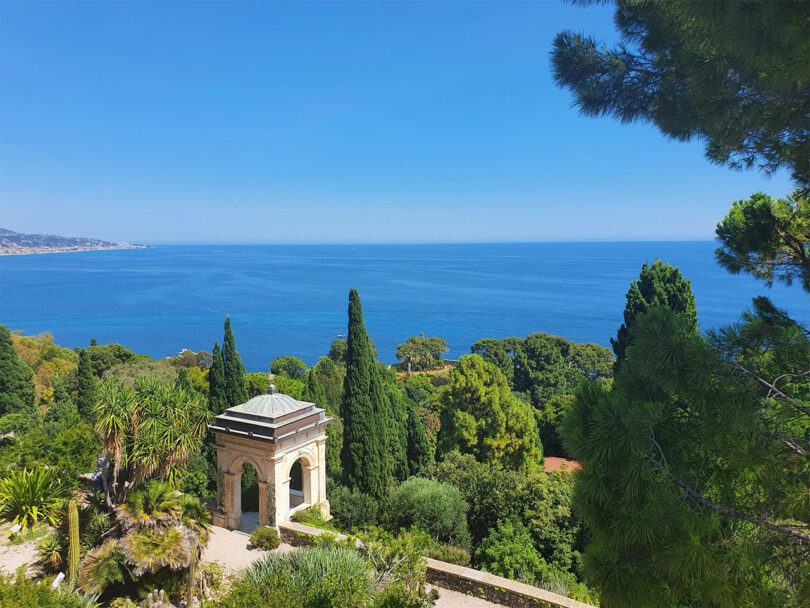
Photo: San Remo Experience
This extraordinary collection of plants is located on the Italian Riviera, very close to the border between France and Italy. This region has a very particular microclimate that allows for the cultivation of unusually diverse specimens.
Its geographical beauty as well as the taste and significant investment by 19th-century industrialist Sir Thomas Hanbury remain striking to this day, and are worth visiting year-round. In winter and early spring the plants surprise me the most, with warm light and briny sea air enhancing the experience. The smells, shapes, and busy humming of insects pollinating add to the charm of this remarkable place.
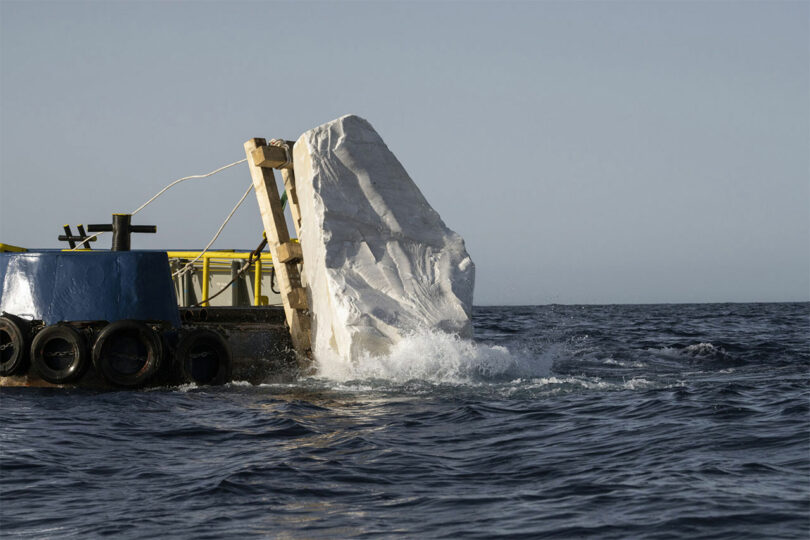
The Journey, performance in the Mediterranean Sea, May, 20-23, 2021, as part of the
Kunstenfestivaldesarts, Brussels by Rossella Biscotti \\\ Photo: Alexandra Pace
4. Modern Art Museums and Installations
Contemporary art has a special place in my heart. I feel that this is a way to explore the big questions of humanity. Artists somehow manage to ask important questions first, long before we as a society have answers for them. Beyond the more famous global institutions that have rightly become beacons and attractions, other museums and installations like Castello di Rivoli, Roden Crater, and Benesse Art Site Naoshima particularly inspire me.

Photo: Delfino Sisto Legnani
5. Exceptional Events in Italy
Milan Design Week and the Venice Biennale are the top events I try to visit every year, simply to stay up to date and be inspired by the best of contemporary creativity. I’m very lucky that both events are easily reached by high speed train links from Turin.
Works by Felix Kilbertus:
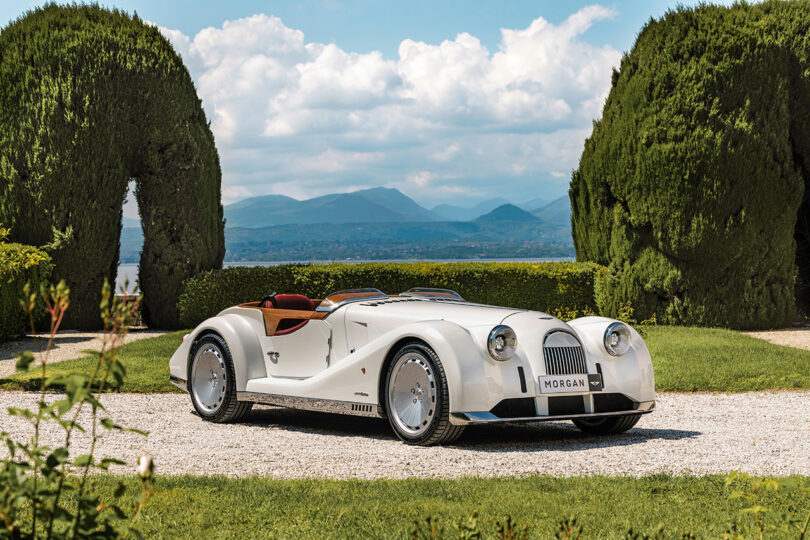
Midsummer by Morgan Motors and Pininfarina is a limited edition barchetta that celebrates its classic European design and modern coachbuilding. Limited to just 50 pieces, Midsummer features a six-cylinder turbocharged engine and an eight-speed automatic transmission. The Midsummer showcases a blend of traditional craftsmanship and cutting-edge engineering, particularly visible in its hand-formed aluminum body panels that took over 250 hours to produce. The design of Midsummer epitomizes the timeless elegance and innovative spirits of both design houses. \\\ Photo: Morgan Motor
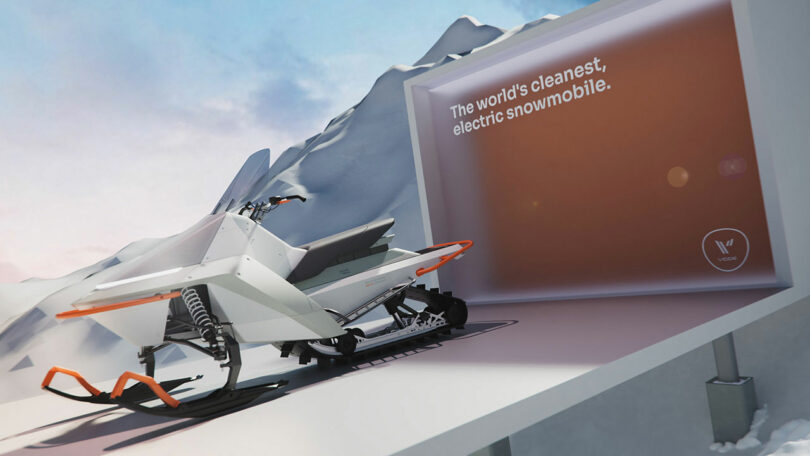
Pininfarina joined forces with Vidde to create an innovative snowmobile, designed to reduce its carbon and environmental footprint to record-breakingly low levels. The creation of Vidde snowmobiles came out of the mission to create a highly attractive and sustainable alternative to traditional snowmobiles. The strategic partnership, which involved the Research Institutes of Sweden, aims to create an attractive, purposeful, and long-lasting electric snowmobile that dramatically reduces harmful environmental impacts. \\\ Photo: Vidde
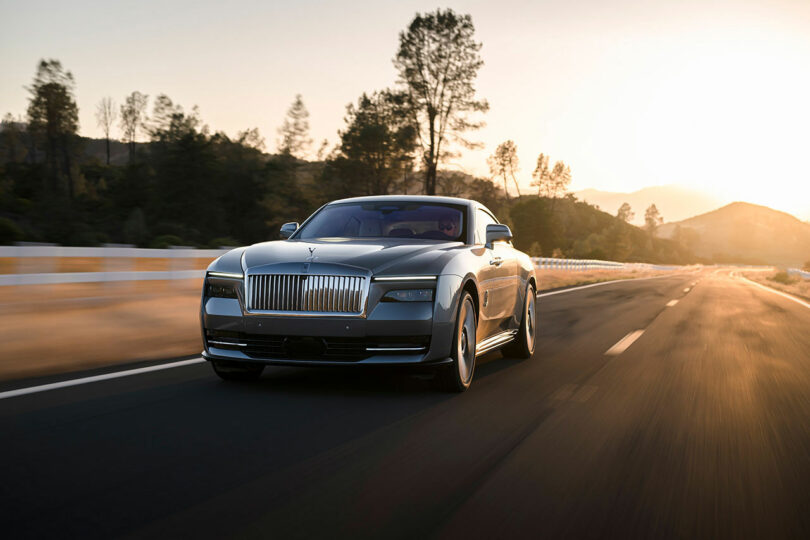
The Rolls Royce Spectre is the world’s first ultra-luxury electric super couple that marks the brand’s bold transition to an all-electric future. Spectre highlights the brand’s dedication to legendary luxury, comfort and performance, enhanced by its unique architecture and engineering. The model is the fourth in its series to be built on the Architecture of Luxury platform and features an all-electric drivetrain and innovative technology through the bespoke Decentralised Intelligence system. Spectre’s design was inspired by haute couture and modern sculpture, including monumental elements such as Starlight Doors and a unique illuminated fascia. No two Spectre are exactly alike, but all share a deep appreciation for fine materials and craftsmanship as an all-electric offering. \\\ Photo: Rolls Royce
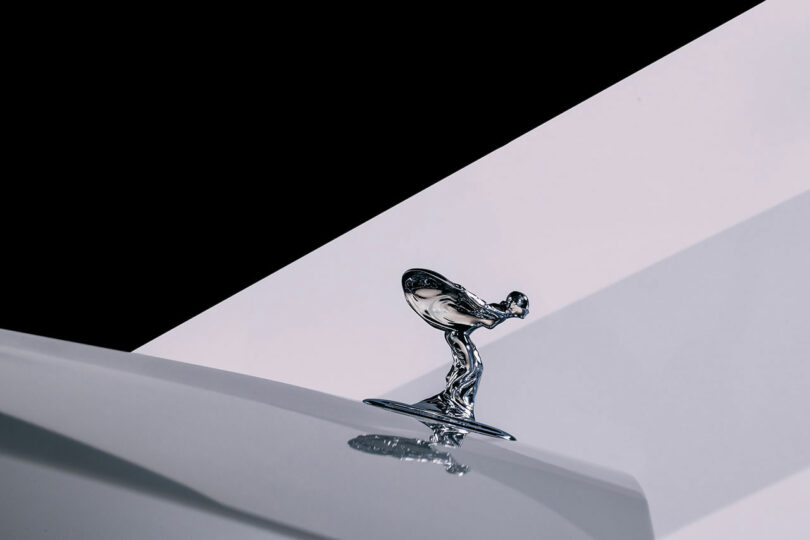
Rolls Royce reimagined their iconic Spirit of Ecstasy figurine that will sit on the bonnet of the all-electric motor car, Spectre. After over 100 years, the figurine has been remodeled with a lower, more dynamic stance that is more closely aligned with the drawings created by Charles Sykes, the original illustrator and sculptor in the early 20th century. \\\ Photo: Rolls Royce
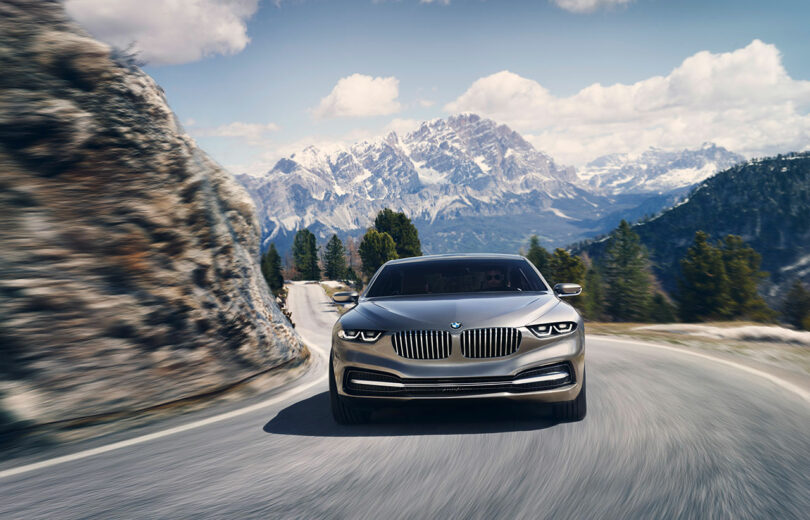
The BMW Pininfarina Gran Lusso Coupé represents the exclusive interpretation of a luxurious BMW Coupé as seen through the eyes of Pininfarina. BMW and Pininfarina worked closely together to create a new automotive persona that emulates passion and luxury into one bespoke design. The contemporary take on classical values combines BMW’s hallmark luxury and dynamics with Pininfarina’s distinctive Italian design to create a four-seater luxury coupé. \\\ Photo: BMW

Anna Zappia is a New York City-based writer and editor with a passion for textiles, and she can often be found at a fashion exhibit or shopping for more books. Anna writes the Friday Five column, as well as commercial content.
[ad_2]